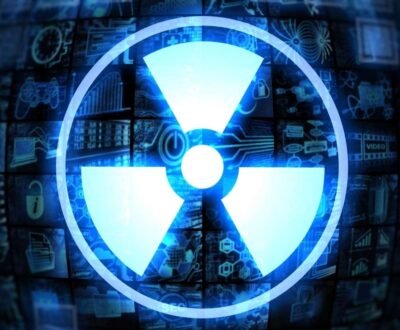Cancer, the much-dreaded disease, which if undetected on time, could prove fatal. Early detection and medical intervention could play a great role in the recovery of a person suffering from cancer. While many researches are conducted to identify effective treatments to cure cancer, the cure depends on how soon the disease is detected. The importance that is being attached to new cancer drugs is not being given to radiological imaging, which plays a lead role in detecting cancer and cancer surgery.

Medical community acknowledges the indispensable services of radiologists in cancer detection and treatment. CT, MRI and PET are some of the commonly used types of imaging to detect cancer and these types of scanning help to detect and characterize the tumors based on their sizes and their presence.
Treatment of cancer depends on the level of severity. It could be a surgery or irradiation. However, where small tumors detected by imaging are concerned, the scope for treatment is wider. Dr. David Breen, interventional radiologist at University Hospital of Southampton says that imaging aids in earlier diagnosis, which would help to address the condition with minimal treatment. Detection of small tumors could benefit the patient a lot, as he does not suffer the cost and complications that go with conventional surgery.
Identifying cancer by imaging prevents exposing the patient to chemotherapy or surgery. The advancement in interventional oncology has enabled introduction of new tissue ablative technologies namely microwave ablation, radiofrequency ablation and cryoablation to destroy malignant tumors in situ. Moreover, the cost and complications involved are lower.
The importance of interventional radiology is evident from the effective role played by vascular catheters, which reach cancerous tumors through arteries to release drugs to treat cancer. The process is called chemo-embolisation. Another therapy is radio-embolisation in which short-range irradiation are injected to tumors. These processes are more effective than conventional types of treatment and they are within tolerable limits when compared to traditional methods.
More focus should be attached to imaging, which could be the best way to counter the silent killer. Researches along these lines will help in preventing surgery to treat small cancerous tumors in lungs, kidney and liver.
About us and this blog
We are a teleradiology service provider with a focus on helping our customers to repor their radiology studies. This blog brings you information about latest happenings in the medical radiology technology and practices.
Request a free quote
We offer professional teleradiology services that help hospitals and imaging centers to report their radiology cases on time with atmost quality.
Subscribe to our newsletter!
More from our blog
See all postsRecent Posts
- Understanding the Challenges of Teleradiology in India January 19, 2023
- Benefits of Teleradiology for Medical Practices January 16, 2023
- Digital Transformation of Radiology January 2, 2023









